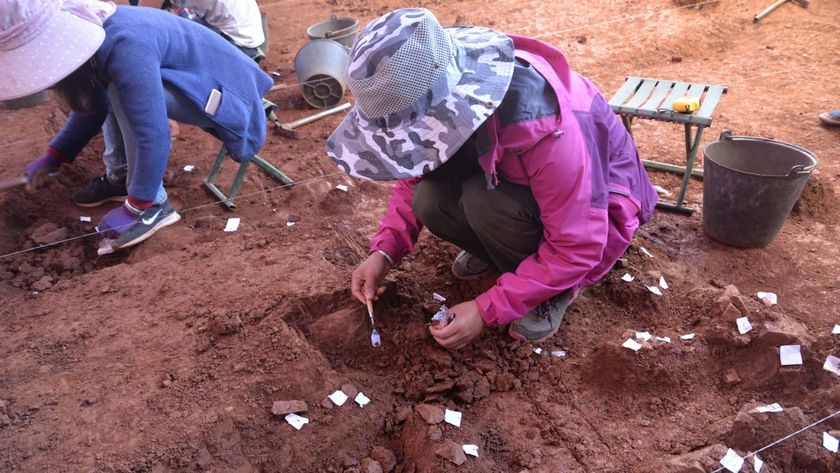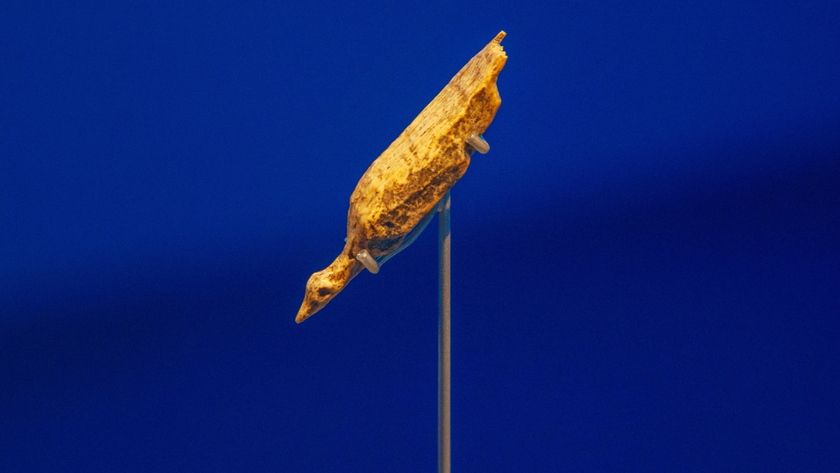Ancient Israeli Fortress Yields Surprise: A Greek Vase
Decades after it was excavated, an ancient fortress in the heart of Tel Aviv, Israel, is offering new hints about its past, archaeologists at Tel Aviv University say.
New findings suggest the fortress, Tel Qudadi, was established centuries later than believed, and may have served as an intermediate station for trade ships traveling between Egypt and Phoenicia.
"The secrets of this ancient fortress are only beginning to be revealed," said archaeologists Alexander Fantalkin and Oren Tal.
The researchers unearthed an amphora (a large jar used to transport oil or wine) from the Greek isle of Lesbos at the crumbling edifice. The find is the earliest known example to date of Lesbian ceramic work in the Mediterranean.
What remains a mystery, the researchers say, is how the Lesbian amphora arrived at Tel Qudadi in the first place. It may have come aboard a Phoenician ship on a trading voyage around the Mediterranean.
While a single find cannot prove the existence of trade between ancient Israel and Lesbos, the finding has implications for understanding trade routes between different parts of the Mediterranean.
The mysterious amphora, along with other new discoveries about the ancient fortress, is causing researchers to reassess the site's timeline.
Sign up for the Live Science daily newsletter now
Get the world’s most fascinating discoveries delivered straight to your inbox.
Earlier theories of Tel Qudadi's history suggested the fortress was established at the behest of King Solomon during the 10th century B.C., to protect against sea raids.
The new findings indicate the fortress was built later: the late 8th century B.C. or early 7th century B.C. This would mean Tel Qudadi was not established by the Israelite Kingdom but instead was part of the Assyrian empire, a powerful civilization centered in Mesopotamia (modern-day Iraq), which ruled Israel in the late 8th century B.C. and most of the 7th century B.C.
The research presents the possibility that Tel Qudadi was an important station along the maritime route between Egypt and Phoenicia, the Mediterranean kingdom where Syria, Lebanon and Israel are now located.
These findings are detailed in a recent issue of the journal Palestine Exploration Quarterly and BABESH: Annual Papers on Mediterranean Archaeology.
You can follow LiveScience on Twitter @livescience.












